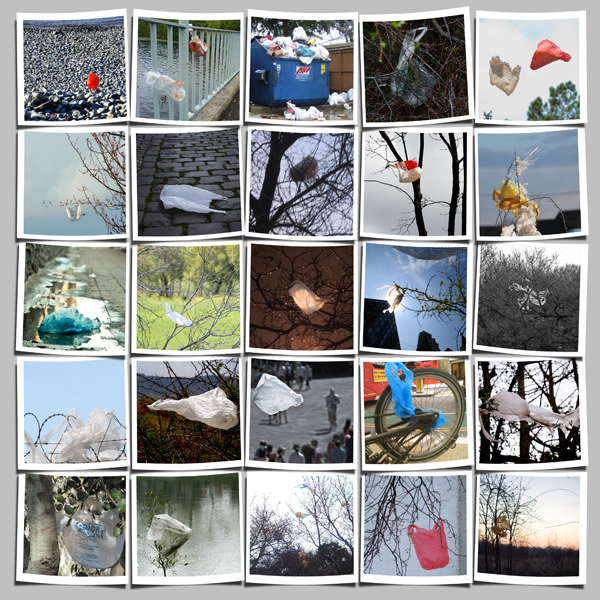In January 2005, after a month of being holed up in our tiny Santa Monica apartment and listening to the rain fall incessantly outside, I knew I had to get out and do something productive with my time. I was still adjusting to my new surroundings after a cross-country trip from our native Canada in a rented U-Haul packed with husband, bewildered dog and our meager belongings. The move had happened so fast; I hadn’t really had time to think about what I might do to keep busy without a work visa. After more than 15 years working in health care and administration, I knew I was ready for something completely different!
There was so much I didn’t know about my new California home, but one thing I was sure I wanted to learn more about was the ocean. Fresh water was an intrinsic part of growing up in Canada, surrounded by lakes, rivers, creeks and ponds; summers were spent at the cottage swimming, boating and fishing.
Having been raised on the shores of Lake Ontario, I understood fresh water, but the ocean was a huge mysterious entity to me. I’d never even dipped my toe in salt water until my late 20s! Staring at my computer screen, I typed in the words “Volunteer, Santa Monica, and Ocean” and the first site that popped up was Heal the Bay’s.
Initially the name conjured mental images of running slow motion down the beach, coming to the rescue of stranded marine mammals and saving oil-slicked water birds rather than the reality of collating documents and stuffing envelopes for mailings in the Heal the Bay office.
After about a month of Wednesday office work, Tom Galassi, HtB’s volunteer coordinator at that time, happened to mention something about aquarium volunteer training. What’s this? There’s an Aquarium…with animals… and it’s only four blocks from my house?! How could this be? I think I was out the door and headed down to the Santa Monica Pier Aquarium before the cloud of papers I’d left behind settled to the floor. I was immediately enchanted by the cozy facility, captivated by strange and new marine life and wanted to learn absolutely everything I could about it.
The small staff was so warm and engaging and the energy and enthusiasm the children brought with them when they visited was contagious. You couldn’t keep me away. In 2006 I was honored to receive the volunteer “SuperHealer Award” and in 2008, once being granted a work visa, I was hired on as a paid Key to the Sea naturalist. Less than three months later, I interviewed for the newly created Executive Assistant position supporting Executive Director Karin Hall and Associate Director Alix Hobbs, the position I occupy today.
Okay, so maybe administrative support isn’t quite as “sexy” as teaching on the beach or saving marine mammals in distress. But I know that every day I come to the office, I am playing a small part in protecting this amazing resource, which I’ve been so lucky to have come to know and love — the ocean!
–– Sylvie Makara
Executive Assistant and 2006 SuperHealer
Interested in working to protect what you love? Consider one of our career, intern and volunteer opportunities.
Want to support our work as ocean stewards? Join Heal the Bay.



